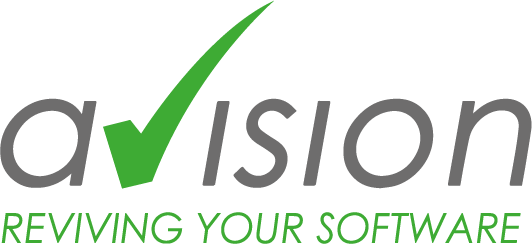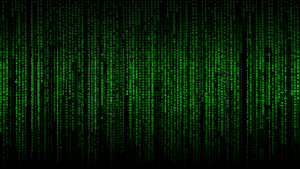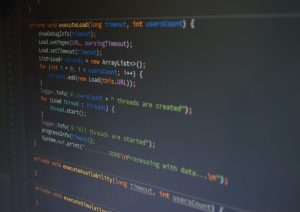Threats to IT systems lurk on all sides – from phishing attacks and complex attacks on infrastructure to the targeted exploitation of vulnerabilities. A strong digital immune system is crucial for early detection and defence – but without modernization of the software, drastic gaps open up in the digital defence shield.
Similar to a human body, the immune system in the digital world serves to recognize threats at an early stage, ward them off and continuously adapt to new attacks. A strong digital immune system is able to proactively identify and fix security vulnerabilities before they can cause damage. Outdated software that is not regularly updated and modernized, on the other hand, is one of the biggest vulnerabilities in IT security architecture. The IT service provider Avision, which specializes in software revival, shows the four most important advantages that software modernization brings to the digital immune system:
General minimization of security gaps through the modernization of legacy systems. Software that is poorly maintained or not maintained at all offers large attack surfaces for cyber criminals who exploit outdated authentication methods, for example. Only a digital immune system that is at the cutting edge of security technology and has modern protocols and standards is truly defensible.
Fast security updates are almost impossible to implement with legacy software and monolithic architectures. With modernized systems that rely on smaller, modular applications, security patches, for example, can be applied in a much more targeted and efficient manner in order to close security gaps as quickly as possible.
The simplified integration of security functions and the introduction of modern software development methods can only be implemented with modernized systems. Approaches such as DevSecOps, for example, integrate basic security functions directly into the development process. In this way, development teams can identify and eliminate vulnerabilities at an early stage before they reach production. With legacy systems, the implementation of modern processes such as DevSecOps is often only possible to a limited extent or not at all. The reasons for this lie in the architecture, flexibility and technological limitations of legacy systems.
With the automation of security measures, companies have numerous new technologies at their disposal for a defensive shield after modernizing their legacy systems. With continuous monitoring, automated threat detection or self-updating systems, they can identify cyberattacks and potential risks in good time and initiate countermeasures.
“Strengthening the digital immune system is an ongoing process that requires constant vigilance and adaptability,” summarizes Nadine Riederer, CEO of Avision. “Software modernization plays a crucial role in this. It helps companies to close security gaps and implement modern security practices. Only then will they be truly protected in the digital world of the future.”
This press release is also available at www.pr-com.de/de/avision.
Press contact
Avision GmbH
Christina Karl
Marketing
Bajuwarenring 14
D-82041 Oberhaching
Phone +49-89-623037-967
christina.karl@avision-it.de
PR-COM GmbH
Melissa Gemmrich
Sendlinger-Tor-Platz 6
D-80336 Munich
Phone +49-89-59997-759
melissa.gemmrich@pr-com.de



